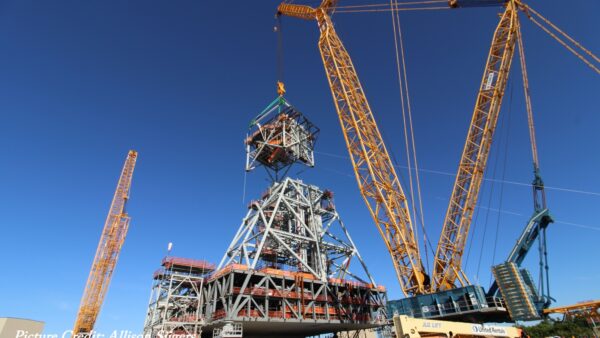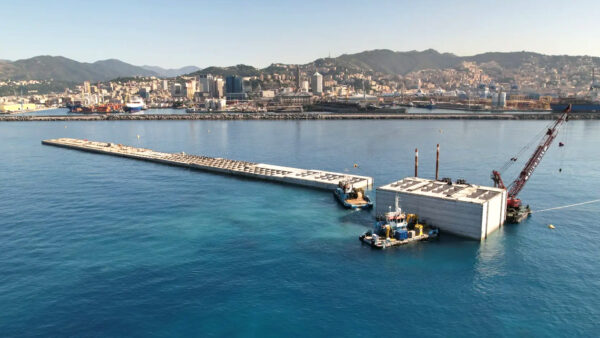
Danish engineering multinational Cowi is celebrating today’s opening of the 8.5km Cebu-Cordova Link Expressway (CCLEx), featuring the Philippines’ longest and tallest bridge.
In a joint venture with Philippine consultancy DCCD, Cowi provided technical assistance and owner’s engineer services for the project, which links Cebu, the second-largest city in the Philippines, with Cordova on Mactan Island.
More than 40,000 vehicles are expected to use the link every day, cutting the travel time between Mactan and Cebu International Airport by 40 minutes, and relieving congestion on the existing inter-island crossings.
Among the challenges, the bridge had to withstand winds of up to 250km/h because the area is vulnerable to typhoons, Cowi said in a press note to GCR.
Its superstructure was tested in a wind tunnel to study the structural response of the deck to strong winds and to streamline the shape of the box girder.
Then, when nearly complete, the bridge was tested in real life in December last year when Cebu Island was hit by category-five typhoon “Odette”, with gust speeds of 240km/h recorded, causing widespread destruction on the island but leaving the bridge unharmed.

Another challenge was the need to keep the Mactan Channel and Port of Cebu City open to navigation during construction.
“One of the most demanding challenges was building the pier tables of the cable-stayed bridge and the erection of 100 tons heavy post-tensioned precast concrete girders of the approach viaducts,” said Clemente Caruso, design manager on the project.
“To lift and install these structural components, we used a 120m-long launching gantry, which operated at 50m above the existing coastal road, and was remotely controlled from the ground, while supported on the tall piers of the viaducts. An impressive manoeuvre that required us to tread carefully.”
Robert Uthwatt, Leading Project Manager on CCLEx, said: “A project like this requires a skilled team with strong passion and commitment in order to overcome the technical challenges on site, in addition to the events of force majeure that we faced during the construction such as the pandemic (COVID-19) and Typhoon Odette. Based on frequent communication and involvement, we have had a smooth collaboration with our client, Metro Pacific Tollways Corporation, and all parties are thrilled that this important link is in place.”
Cowi received input from Dissing+Weitling Architects on the early architectural layout of the link.
Comments
Comments are closed.







Awesome, very impressive! Congratulations to all the people who have shared their expertise, talents, hardwork, commitments and hearts to come up with this kind of a structure in the Philippines. Salute to PRRD, Mark Villar and all people concern in pursuing the Build, Build, Build Program for the benefits of all.